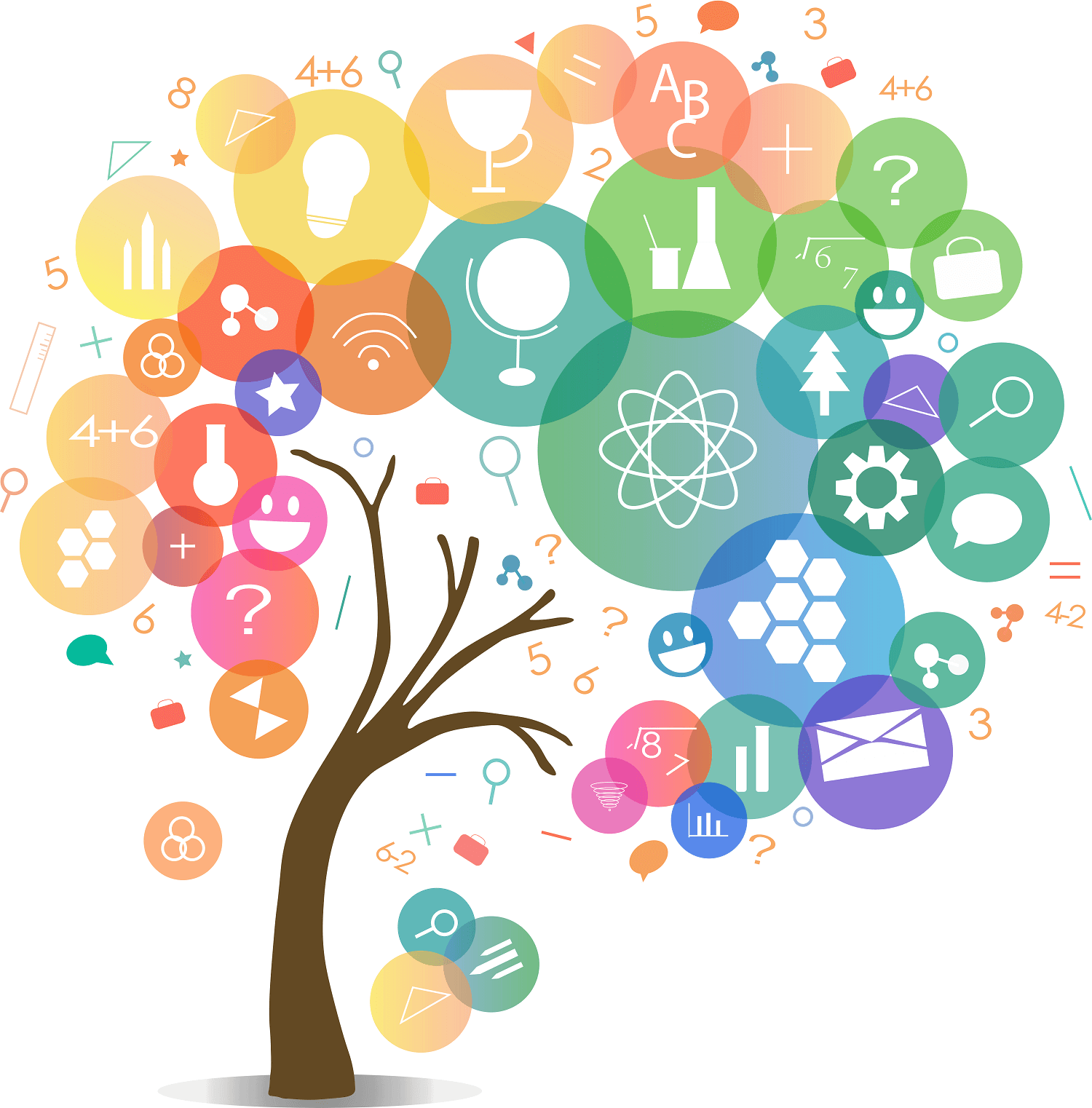How do I take a song from a non-jazz tradition and make it sound more jazzy?
A friend of mine is taking a music and a dance class at the same time. He is essentially trying to make a non jazz tradiition song sound "jazzy". Any tips and tricks would help.






Answers ( 1 )
Despite the various subsets that exist, three general things make music jazz: improvisation, syncopation, and blue notes.
Improvisation requires a considerable amount of practice, and it helps if the musicians have played together a good deal. This differs from a traditional solo that takes place at a certain point in the music for a set number of measures. Large sections or entire songs will be improvised with a drummer and bass starting and other players will either vamp (repeat a simple riff) or start noodling (improvising.) Individual musicians will invent something on the spot, then another musician will echo it and build on it, invert it, or in some other way answer what was played. This is known as call and response in musical terms. Following other musicians is an acquired skill. It is like four jugglers passing clubs where anyone of them could do an unannounced trick, everyone adapts, and then one or more would respond with a juggling trick that everyone else has to work around. Not for the faint of heart.
Syncopation in Jazz means when a note would traditionally be played on the downbeat, but you decide to hesitate and start the note on the following upbeat. It is as if instead of a half note the composer had written an eighth rest followed by a dotted quarter note. This is how jazz music gets its “swing” when nites come in later than what listeners anticipate.
Jazz sheet music may be written with notes coming in on upbeats or musicians can agree on which notes to syncopate through rehearsal, but it can be improvised by knowing the form and having played with the other musicians. In my high school jazz band class, our band director would sometimes have us start a note on the sixteenth or thirty second note before the following downbeat. Hard to do in unison, but extra jazzy. To practice, we would play common songs in class and play them syncopated and with some blue notes to turn them into jazz.
Blue notes means playing some notes slightly off key, as much as a step lower to create a bit of dissonance. For example you might play a B flat instead of a B. It also means starting a note a little flat and sliding up into tune. This is extremely easy on a trombone, you simply place your slide a little in the wrong spot and move the slide into position while playing the note. Jazz often uses minor pentatonic scales.
I haven’t touched a trombone in decades and my ombechure is almost certainly completely nonexistent, but I have fond memories of jazz band.